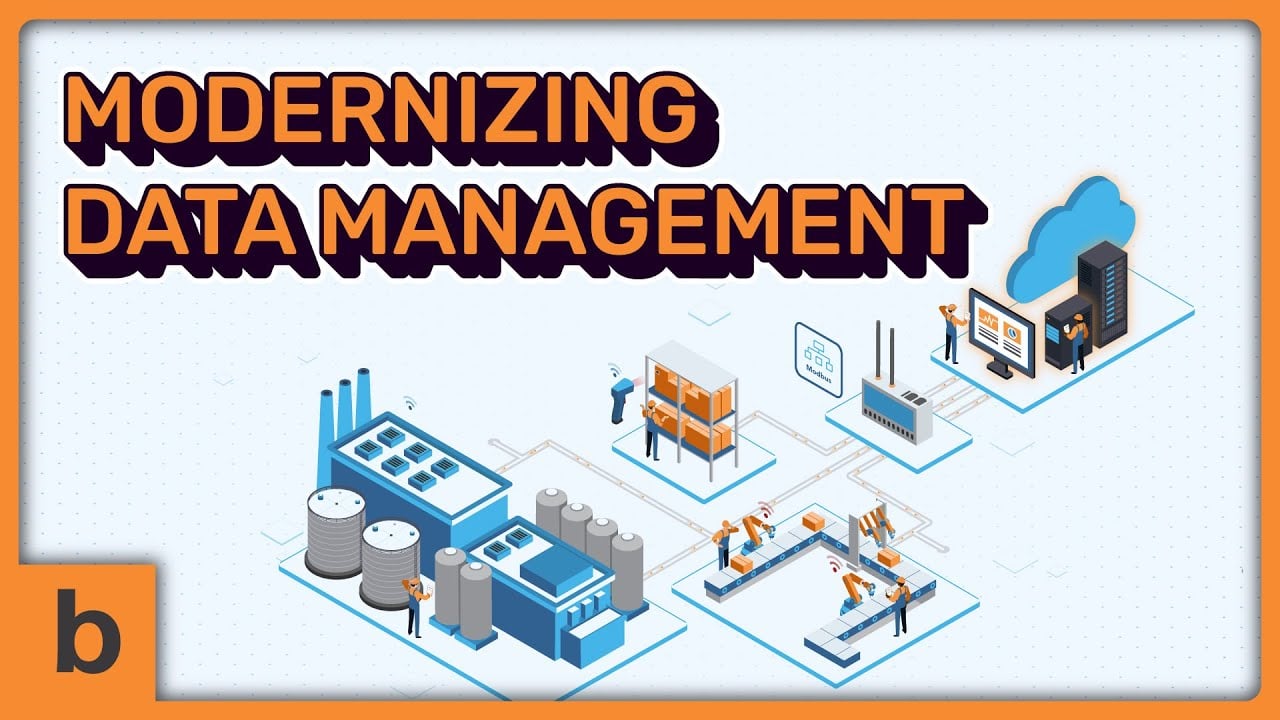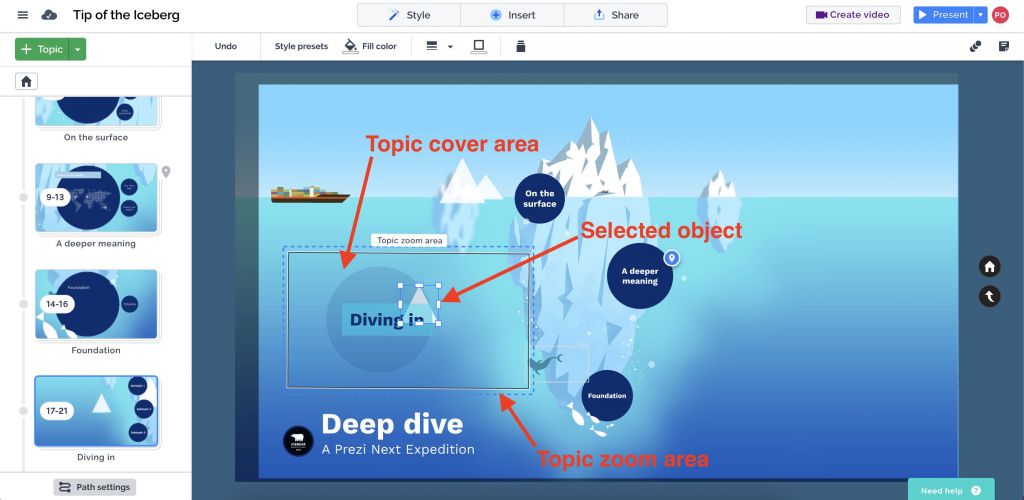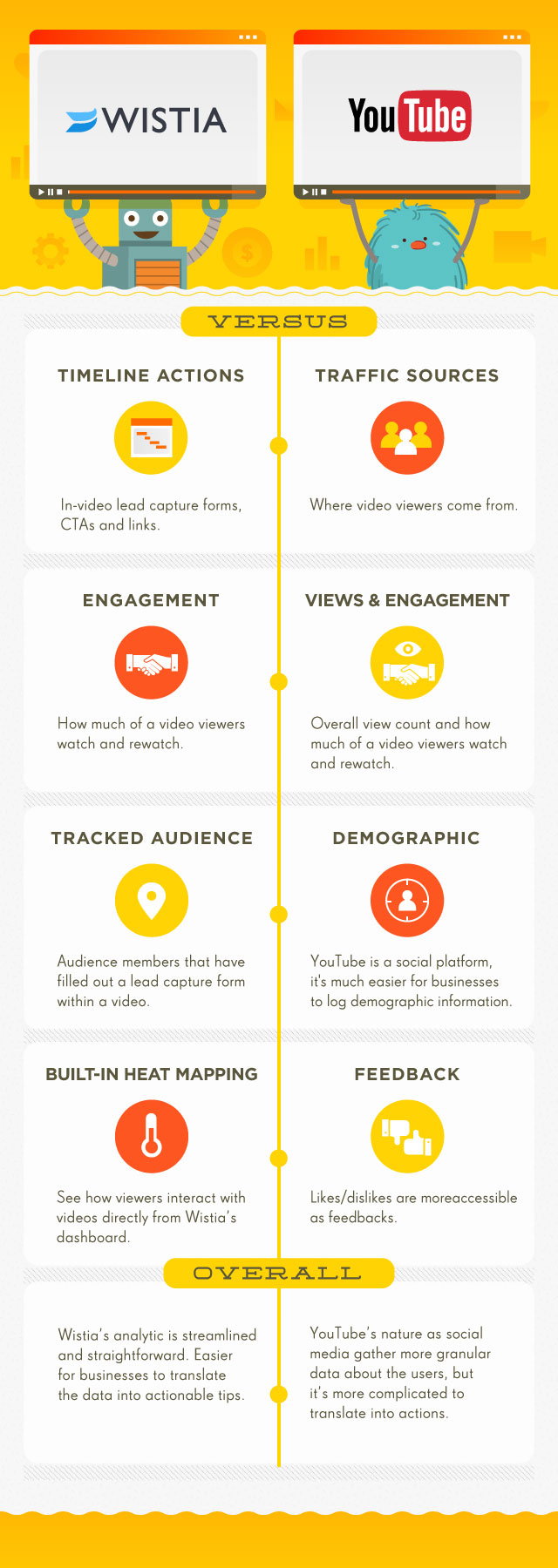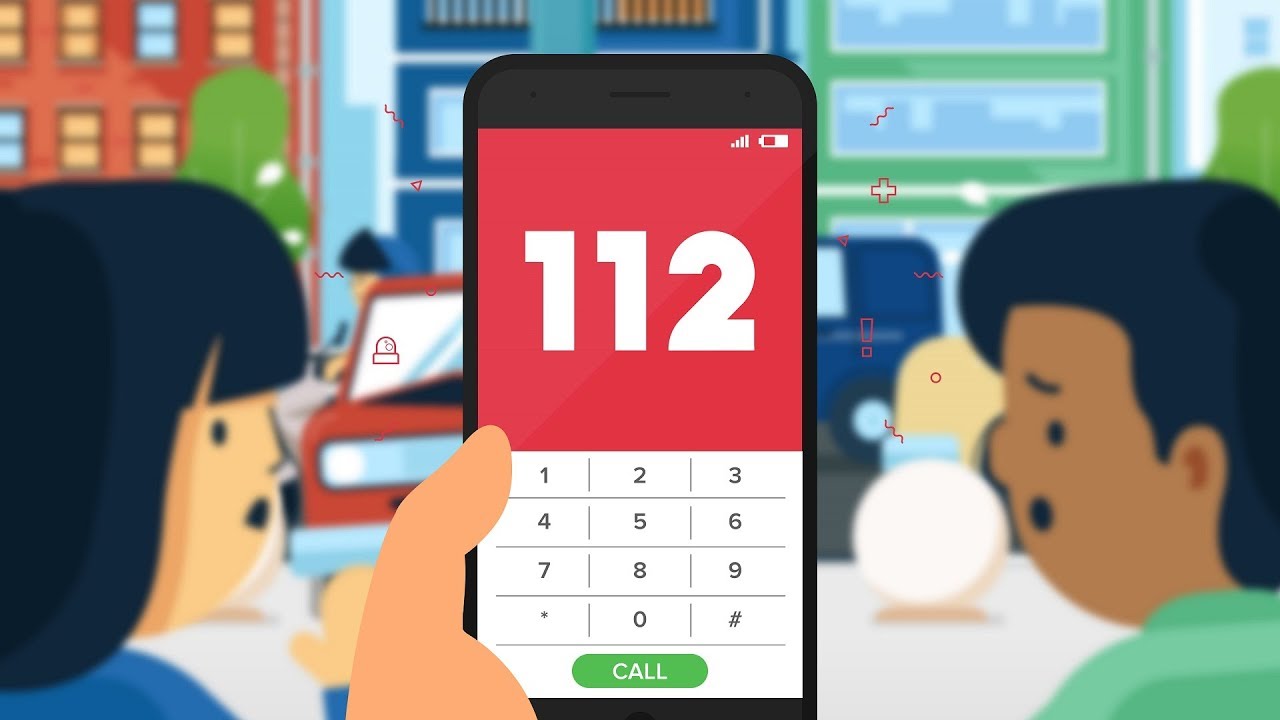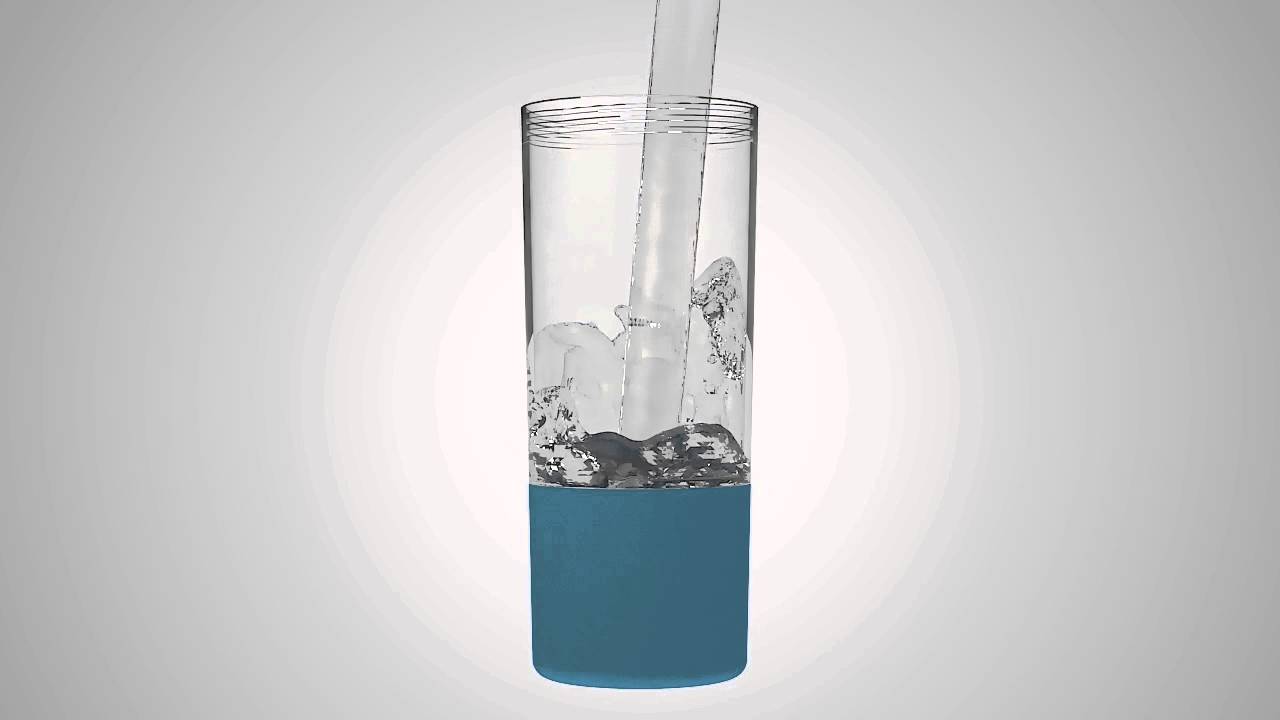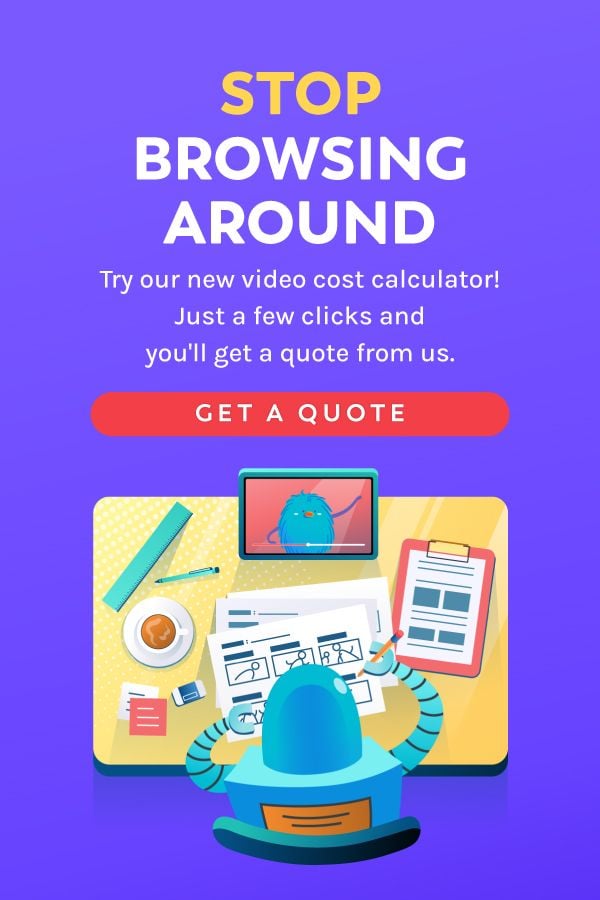Table of Contents ×
- 1 How Explainer Videos Fit into the Marketing Funnel
- 2 Practical Uses of Explainer Videos and Tools You Need
- 2.1 1. Explainer Video Use Cases for Presentations
- 2.2 2. Explainer Video Use Cases for Conventions
- 2.3 3. Explainer Video Use Cases for Landing Pages
- 2.4 4. Explainer Video Use Cases for Email Marketing Campaigns
- 2.5 5. Explainer Video Use Cases for Facebook Video Marketing
- 2.6 6. Explainer Video Use Cases for Instagram Marketing
- 2.7 7. Explainer Videos Use Cases for E-Commerce Product Showcases
- 2.8 8. Explainer Video Use Cases for Content Marketing Enrichment
- 2.9 9. Explainer Video Use Cases for Online Advertising Campaign
- 2.10 10. Explainer Video Use Cases for Internal Company Training
- 3 Closing Thoughts: The Video Production
- 4 Mini FAQs About Explainer Videos Use Cases
Over the years, I’ve seen how explainer videos can completely transform a marketing strategy.
Whether we’re creating them for startups or established brands, one thing remains true:
Explainer videos work best when you understand their purpose in every stage of the marketing funnel.
At their core, explainer videos are designed to help you communicate your product or service clearly and persuasively.
But their value goes far beyond a simple “introduction” video.
With the right approach, you can use them to attract attention, build trust, and even drive conversions.
From the top of the funnel to the moment a customer hits “buy,” explainer videos can do the heavy lifting.
- Want to reach a wider audience? Those charming animated characters can deliver your brand story in a way people actually remember.
- Need to generate leads? Bite-sized, visually engaging explainers make complex ideas easy to digest.
- Looking to convert customers? Adding social proof to your explainer video helps turn curiosity into confidence.
There is so much more to know about explainer videos in the marketing funnel.
I’ll walk you through some of the most effective explainer video use cases and the tools we use to bring them to life for our clients.
How Explainer Videos Fit into the Marketing Funnel
Explainer videos fit into every stage of your marketing funnel by guiding your audience from curiosity to conversion, and even loyalty. They introduce your brand, keep people engaged, nurture interest, and help turn prospects into customers.
In a nutshell, they’re one of the few video types that can effectively support your marketing efforts from start to finish.
At the top of the funnel, explainer videos help attract attention and communicate your brand story clearly.
In the middle, they build trust and simplify complex ideas.
And toward the end, they give customers that final push of confidence to make a purchase.
Here’s an example of our explainer video for INF Software Services:
Now, let’s look at how explainer videos work in each stage of the funnel and what makes them so effective.
#1. Explainer Videos in the Brand Awareness Stage
The top of the marketing funnel is where you need to create brand awareness for your company.
Hence, you spread out information about your company and how your products or services can solve your potential customers’ problems.
The main challenge in creating awareness is getting as many views and shares as possible.
So, the key to getting easy shares on social media is making an entertaining explainer video.
76% of users say they would share a branded product/service video with their friends if it’s entertaining.
If a video is informative but not entertaining, only 65% of users will share it.
And if you think getting people to share a branded video is difficult, think again.
Only 3% of consumers say that they would never share a branded video under any circumstances.
#2. Explainer Videos in the Engagement Stage
Explainer videos are a universal type of video content, but it’s more effective to specifically create different videos for each stage of a buyer’s journey.
In the brand awareness stage, an explainer video should focus on your company’s information.
You also need to describe how your product/service would help potential consumers resolve their issues.
In the engagement stage, the key is to inform and share useful knowledge that centers on your products.
This will make your audience stick around longer to hear what you have to say.
They will do that because you’re providing useful information to them.
#3. Explainer Videos in the Lead-Nurturing Stage
The lead-nurturing stage is where you woo your leads with good treatment, friendly emails, and freebies.
On top of building a good rapport with your leads, the nurturing stage also involves answering their question, which is along the lines of:
“Can this product actually solve MY problems?”
The best way to answer this is by showing them how your product works in specific scenarios and how it has benefited people.
As additional supporting content, you can create a video featuring social proof, case studies, or other types of testimonials to serve as psychological triggers for brand trust.
#4. Explainer Videos in the Purchasing Stage
After you successfully nurture your leads, they are now ready to purchase.
An explainer video can help you close the deal, but again, it needs to be made specifically for sales purposes.
A great product demo video is essential.
64% of customers are more likely to buy a product after seeing an app demo video.
Place this explainer video right next to the product description copy and add a CTA to purchase.
These are the three key stages in which explainer videos can help you a lot.
But you will need much more detail before you can actually put these ideas into practice.
Explainer Videos in the Post-Purchasing Stage
#5. Explainer Videos in the Post-Purchasing Stage
Your relationship with customers doesn’t end after they make a purchase.
In fact, that’s where it really begins.
This stage is about building loyalty, and explainer videos can play a big part in that.
From my experience, the post-purchase phase is often where businesses either strengthen their customer relationships or lose them entirely.
That’s why we often create onboarding, tutorial, or customer support explainer videos for our clients, because they make people feel guided, not abandoned, after the sale.
When you help customers understand how to get the most out of your product, you reduce frustration and build trust.
I would recommend providing a clear, step-by-step tutorial or an onboarding video that walks them through the setup, which can make all the difference.
It shows that you care about their experience, not just their transaction.
And here’s the part many overlook: these videos drive advocacy.
A customer who feels supported and confident in using your product is far more likely to recommend your brand to others.
So if you want to turn buyers into long-term supporters, invest in post-purchase explainer videos.
They’re one of the simplest ways to build loyalty and keep your audience coming back.
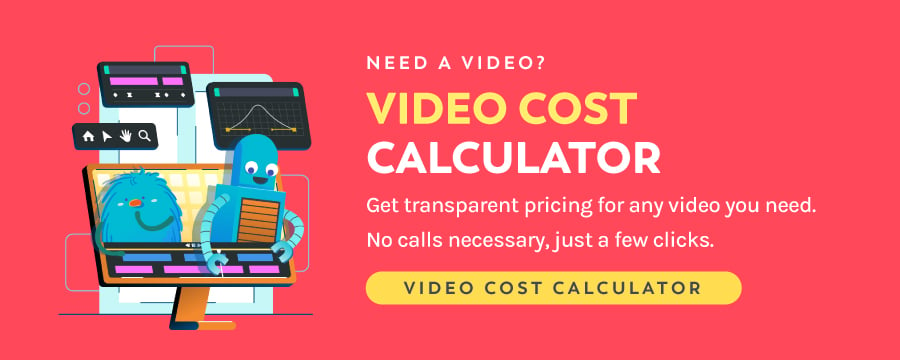
Practical Uses of Explainer Videos and Tools You Need
What about the practical, tried-and-true uses of explainer videos? And what kind of tools do you need to produce one?
Relax…
I have listed 10 practical use cases for explainer videos for businesses, along with the tools you can use. Let’s jump right in!
1. Explainer Video Use Cases for Presentations
Going against the mainstream belief that explainer videos are exclusively online content. I dare to prove them wrong.
Inc.com points out that the best presentations have something heart-stopping as the opening bit.
A product explainer video captures your audience’s attention by making the grand entrance right after the intro.
In addition, an explainer video is among the very few types of content that can put surprising facts about yourself in the spotlight.
Also, a well-written explainer video tells your business’s story. This is because human beings are hardwired to respond to stories.
Using a story-heavy video at the beginning of your presentation helps grab your audience’s attention.
Therefore, you have the opportunity to increase the likelihood that your audience will engage with the presentation.
To help you use explainer videos and other media in your presentation flawlessly, here’s a list of tools that you can use:
Prezi
Prezi, in a nutshell, is a virtual canvas for presentations. You can create and arrange your ideas for presentations on one large zoomable page.
You can easily place your videos, images, and text in a natural flow that would make your presentation smooth.
Having multiple explainer videos for your presentation will not be a problem when you use Prezi.
You’ll just need to click and drag to arrange those videos or spread them to fit your intended presentation flow.
Prezi works with multiple formats: cloud (web), desktop, and iOS. Once you sign up for an account, you’ll get 100MB of free storage.
SlideDog
I include SlideDog in this list because it supports a vast range of video formats.
By all means, whatever format your explainer videos are in, chances are good that SlideDog will be able to play them.
SlideDog is a neat-looking and versatile presentation program. It helps you broadcast your presentation to the Internet for any online meetings you might have.
There is also a chat room in which your audience can engage with you.
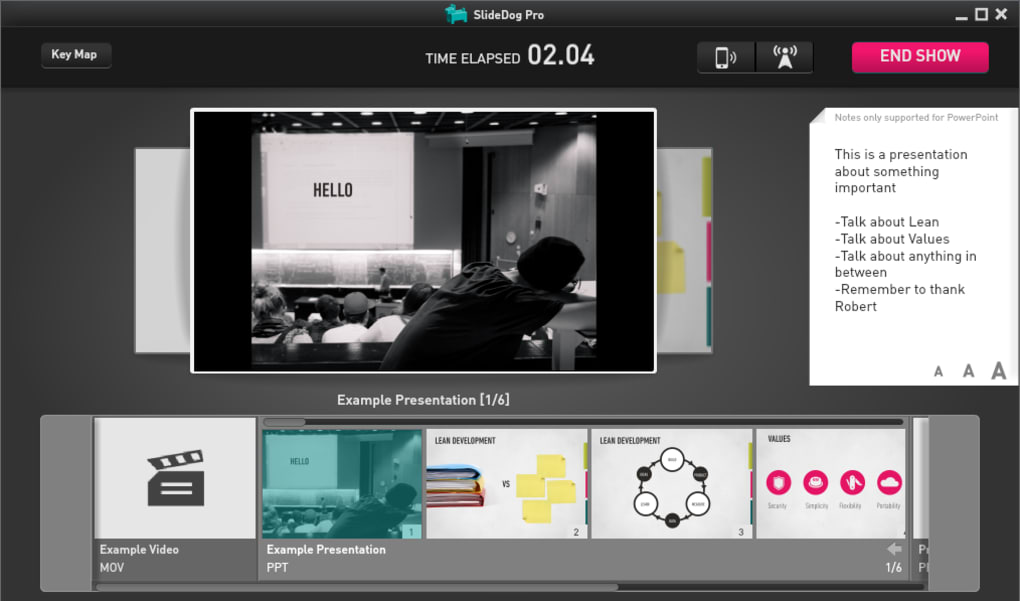
From my point of view, SlideDog is designed specifically for active presenters who need to walk around the room as they speak.
You can control the entire presentation from a mobile device.
This means you can have your laptop idling on your desk as you roam around the room.
So if you’re one of those presenters, SlideDog is for you.
SlideDog can also use presentation files made on Prezi.
There is a downside, though: SlideDog can be installed only on Windows OS.
2. Explainer Video Use Cases for Conventions
Trade shows are naturally crowded with all the participating companies (plus their crews), visitors, and committees.
It’s not an easy task to be the one booth that stands out from the crowd.
You can do a few things to make your booth more appealing to passersby at trade shows.
Ultimately, having a great display is one of those things.
Thus, looping videos is a great way to catch visitors’ attention amid the noise at the convention venue.
A common misconception is that any video, whether a short corporate promo, an installation piece, or a product knowledge clip, is perfect fodder for trade show viewing.
In reality, an explainer video is its own animal and needs to be approached as such.
Exhibitors need video content that gets their message across quickly:
“This is who we are; this is what we do or what we make.”
Trade shows are often noisy, and people are sometimes twenty feet away when they see your large-screen display.
They can’t hear what’s being said in a video, and they don’t usually start watching it from the beginning.
That said, relying on an audio element isn’t the best option.
But an animated explainer video is designed to be eye-catching and colorful.
They aim to grab the attention of passersby, even if they only have a glance.
At a tradeshow, you will need a solid media player to play your videos over and over so you don’t have to keep pressing play.
VLC
VLC is a great all-around media player that can play almost any kind of video you throw at it. Looping videos using VLC is as easy as pie. Here’s how you do it:
Step 1: Open the video you want to loop using the VLC player. If you want to loop multiple video files, add them to the playlist.
Step 2: To loop the video, go to the loop button and click on it. If you want to loop multiple files, toggle the button to either loop one or all and toggle until you reach your desired result.
Subtitle Workshop
In explainer videos, captions or subtitles are considered distractions from the visuals. However, they could come in handy for conventions.
There is going to be a lot of noise at the convention. It’s almost impossible for your audiences to get your messages without any text overlays.
You can use Subtitle Horse to add captions or subtitles.
Subtitle Horse is a simple, easy-to-use software for creating, converting, and editing subtitles.
Not only that, but it can also include real-time validation and an interactive timeline.
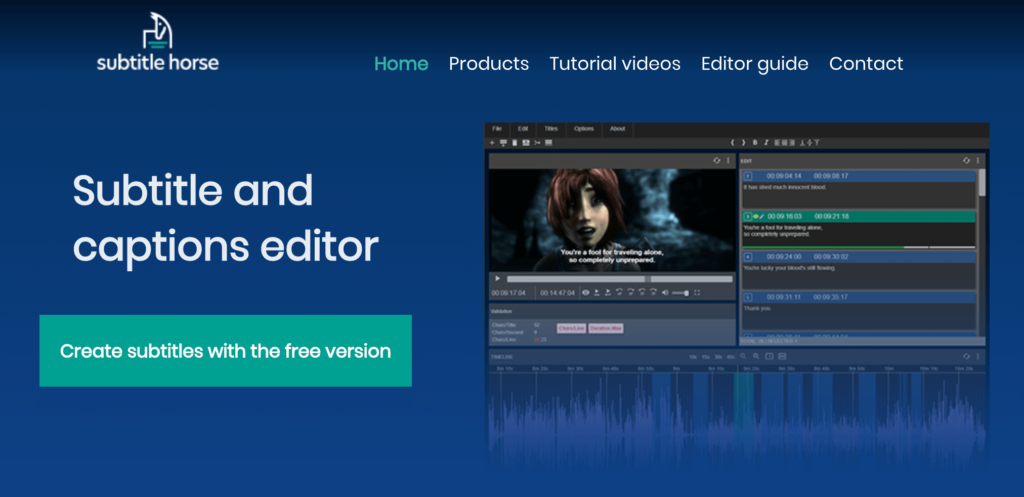
3. Explainer Video Use Cases for Landing Pages
Explainer videos are a powerful weapon for your landing pages.
EyeView, a video marketing agency, has documented that landing pages with videos see a spike in conversion rates by up to 86%.
Explainer videos are among the few types of content that have a positive impact on CRO overall.
Landing page explainer videos make every bit of essential information about your product much more accessible to your visitors.
This is so helpful when your business offers a sophisticated product,
DesignBoost implemented shorter copies on its landing page in 2012 when its website was brand-new.
They generated a 13% increase in their sign-up rate.
To put it another way, your website is a novel, and an explainer video is a prologue that shows your offers in a short and value-packed way to save visitors’ time.
Basically, landing page explainer videos serve as visual copy, making it easier for visitors to access the information they need about your product so they can better understand why they would want it.
In order to place and track an explainer video’s performance on a landing page, you’ll need several different tools.
Wistia or YouTube?
Everyone’s go-to video hosting platform is YouTube. It’s free, and everyone else is using it.
Technically, embedding a YouTube player onto your landing page source code should be super simple.
However, know this: YouTube is designed for content creators (who look to monetize their videos) and big-brand-building advertising campaigns.
If you look at your company’s future plans and see large-scale brand advertising or video monetization, using YouTube from the start is a good choice.
Wistia, on the other hand, is designed exclusively for companies that use video on their websites for marketing, support, and sales. Wistia is a paid service–and you’ll reap what you sow.
Wistia provides clearer, deeper data on how your landing page video is performing, as well as insights into visitor interaction with your landing page explainer video.
You can get an aggregated view of a video’s performance with engagement graphs, or drill down to see how individual viewers watch your videos with heatmaps.
You can also attribute specific viewing activity to a viewer’s email address.
In short, Wistia has the upper hand if you are looking for a business video hosting service. Take a look at this Wistia vs YouTube infographic:
<div style="clear:both"><a href="https://breadnbeyond.com/articles/use-cases-tools/" target="_blank" rel="noopener"><img src="https://breadnbeyond.com/wp-content/uploads/2017/04/Youtube-Vs-Wistia.jpg" class="img-embed" title="Top Explainer Video Use Cases and Tools You Need" alt="Top Explainer Video Use Cases and Tools You Need" width="640" height="1800" border="0"/></a></div><div>Courtesy of: <a href="https://breadnbeyond.com" target="_blank" rel="noopener">Breadnbeyond</a></div>Canva
Whether you use Wistia or YouTube, one thing is clear: you have to create a custom thumbnail to stand out.
An interesting thumbnail is one of the factors that determine whether or not your video will be watched and (therefore) will pique viewers’ interest.
Between you and me, most of the time I decide to watch a landing page video simply because the snippet is promising.
Wistia provides you with a DIY thumbnail feature.
Meanwhile, YouTube only provides you with three options for your thumbnail, and most of the time, they’re not the frames you want as a thumbnail.
If you need a more creative option, Canva can help.
This online graphic tool provides you with dozens of ready-to-use templates you can repurpose to your own liking.
In this tool, you can always find the best style of thumbnail for your landing page explainer video– regardless of your industry and brand image.

4. Explainer Video Use Cases for Email Marketing Campaigns
An explainer video and email together make a communication tool that stands out from others.
The advantage of sending video emails is that they hook viewers and speed up engagement.
An explainer video in an email is an effective way to impress, inform, engage, and even entertain recipients.
You might dread this, but think about your next dental appointment.
As responsible as you may be about having healthy teeth, you already dread the thought of having them drilled and poked.
But you just have to do it because it’s the right thing to do–or at least that’s what dentists make you believe!
What do you think would happen if your dentist sent you a personal reminder email for your next appointment, along with a video about the advantages of having healthy teeth, plus a 20% off coupon for whitening at your next visit?
You are now a patient who has received a personalized reminder with a special offer and who is likely to return to the same dentist.

Benefits of Videos in Email
Below are additional benefits of sending an explainer video in an email:
Deliver Messages Easily
Explainer videos are significant for your overall marketing plans, as they draw viewers’ attention while delivering the necessary information about your product(s).
Your email subscribers find them more interesting and more active than plain text.
Therefore, a video email is very likely to have a greater impact on recipients.
Saves Time
An explainer video in an email saves both your time and your subscribers’ time.
It provides information on a product or service in significantly less time than reading requires, and it makes complex subjects easier to understand.
Penetrates Marketing Barrier
Video content has a higher chance of quickly going viral than other forms of content. Explainer videos also have an impressive way of saying things and delivering messages. The majority of viewers respond more positively to a product after a video about it.
Fresh SEO Juice
The technical benefit of having an explainer video in email marketing is improved Google search ranking.
An online video can attract more attention and be more popular. It can lead to more shares on social media and, therefore, a larger scale of exposure to the brand.
Now, moving on to the tools you can use for email video marketing: There are hundreds, if not thousands, of email marketing tools out there.
Below, I’ve listed the best ones that offer free plans.
MailChimp
I’ve been using MailChimp for more than two years, and it’s still a solid email marketing platform that suits my every need.
The sleek user interface and simple campaign management are what I like best about MailChimp.
Since not all email clients support in-app video playback, MailChimp can automatically strip the video from the email and replace it with a thumbnail that opens a new tab to play the video.
And the best thing is that Mailchimp offers a free plan you can use to try out the basic features before deciding to upgrade to the full, unlocked features.
SendinBlue
SendInBlue is another email marketing tool that offers a free plan.
Its free plan essentially works as a feature-constrained free trial with no timeout.
Moreover, it does not require credit.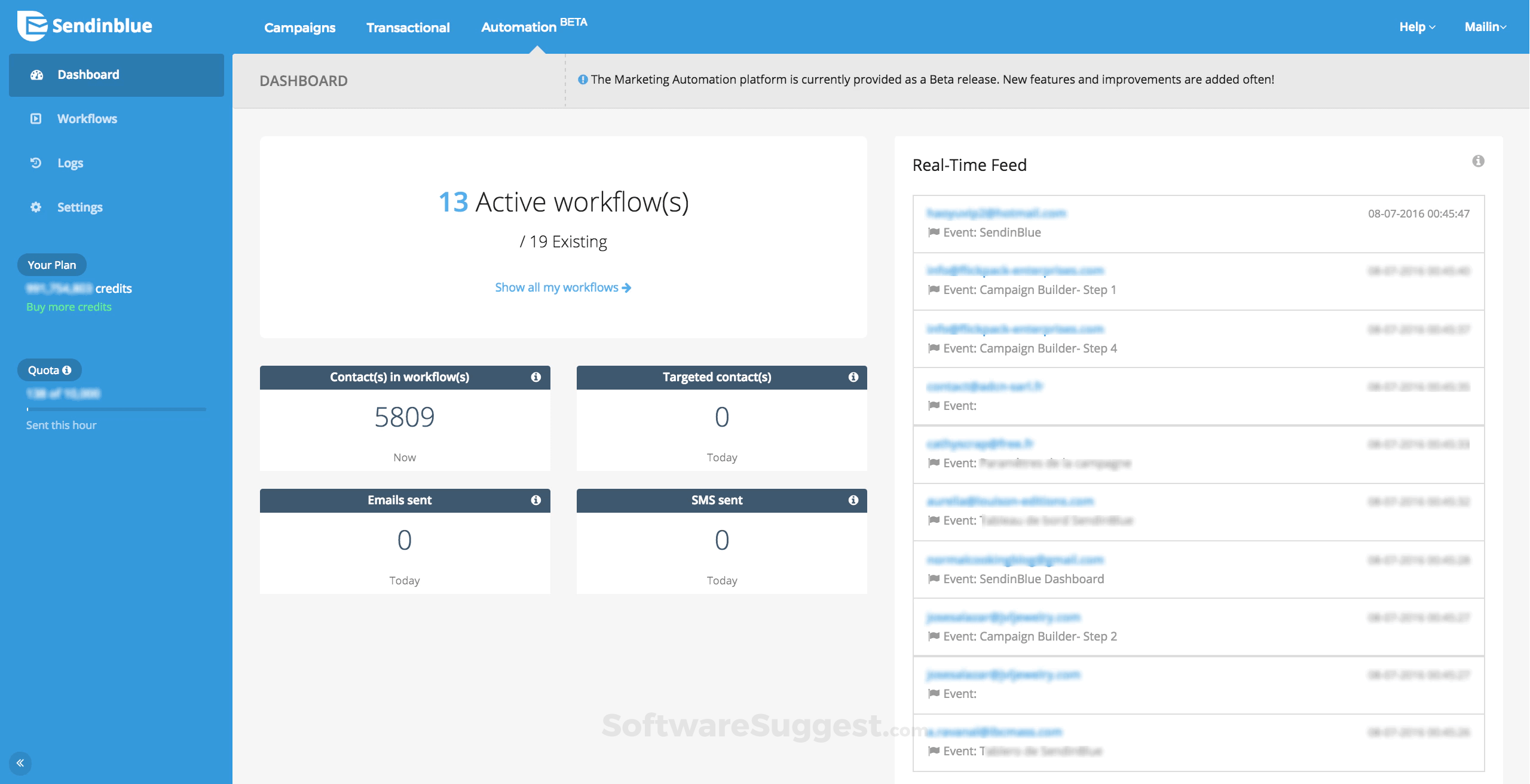
5. Explainer Video Use Cases for Facebook Video Marketing
Facebook is one of the most popular and powerful social media platforms today.
Mark Zuckerberg’s team doesn’t seem to stop growing anytime soon. You should ride the wave for your own benefit.
One of our clients, TruLocal, has published its explainer video on Facebook as one of its distribution channels.
They know that millions of people are on Facebook daily. This shows how powerful it is if you use video on Facebook ads.
Take a quick survey of your office or group of friends about their Facebook use, and you’ll be able to deduce the general result.
By being present on Facebook alone, you have put your business under everyone’s noses.
Adding visual components, such as explainer videos and infographics, makes you much more discoverable. Facebook videos are also easily searchable on Google.
Like YouTube videos, Facebook videos also appear in search engine results pages (SERPs).
To gain the exposure you need, you’ll need to invest more time in promoting your social media videos and fan pages.
You might as well spend less time making updates that will probably drown in people’s newsfeeds within hours.
There are social media management tools that allow you to easily manage your social media updates:
Buffer
Buffer is an all-around tool for social media marketing, analytics, and management.
Using Buffer allows you to schedule and manage your explainer videos (and all sorts of content) on Facebook. It offers you a 14-day free trial, and a business subscription plan starts at $99 per month.

Hootsuite
Like the other two social media tools, Hootsuite offers a content management platform and data analytics.
According to Hootsuite’s page, the unique selling point is the ability to protect your brand on social media.
They use message approval and permissions workflow to cut internal risks.
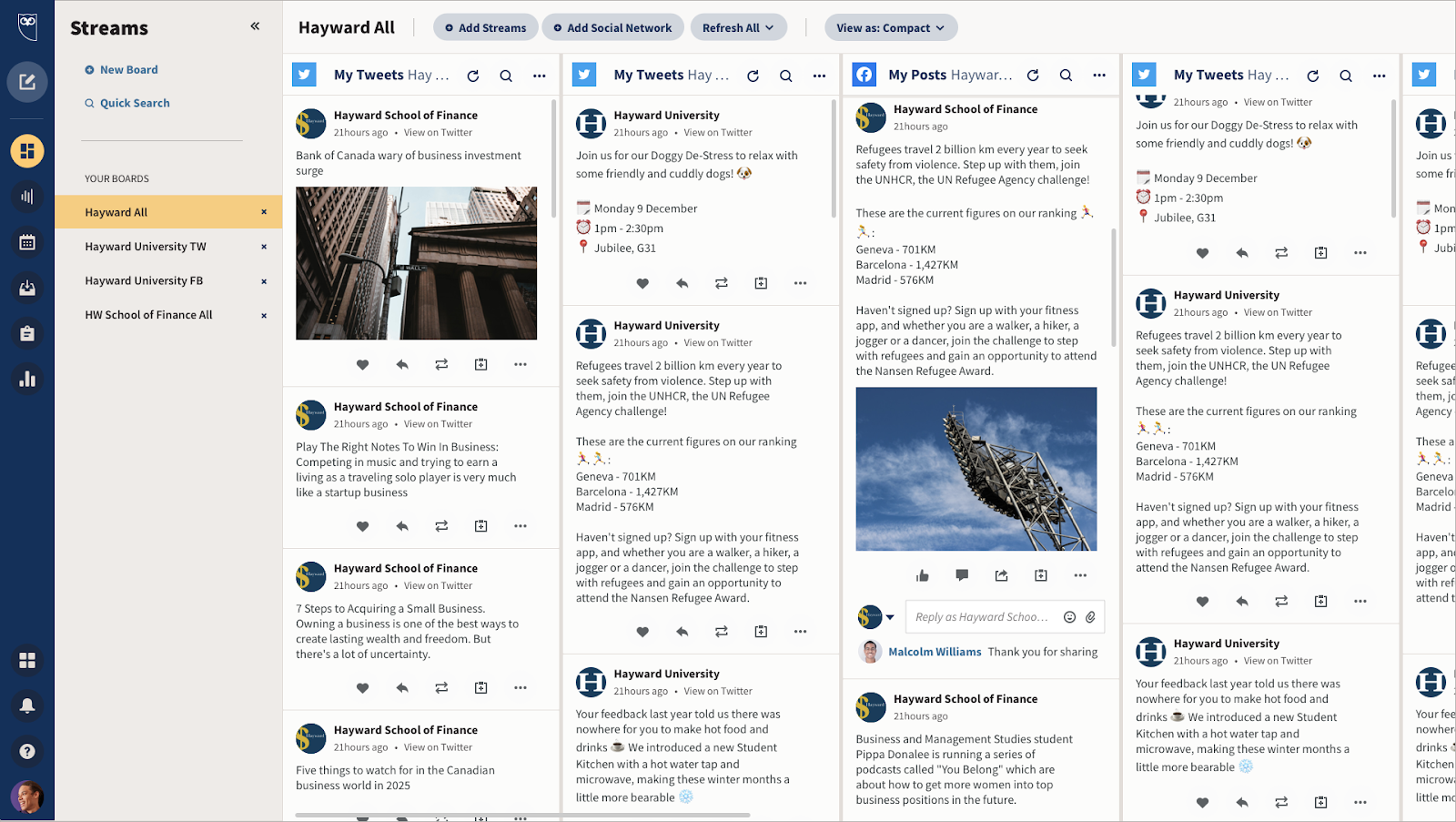
6. Explainer Video Use Cases for Instagram Marketing
Technically, Instagram is one of Facebook’s sub-companies. Many features between the two have been synchronized.
However, the crowd on Instagram is a completely different group of people with 180-degree differences in the content they seek.
On Facebook, you can find any kind of content you would possibly want to see on the Internet: photos, status updates, articles (or notes), videos, songs, check-in places, company pages – you name it.
In short, Facebook is like a big bowl where you can find many kinds of content.
Instagram, on the other hand, is specifically designed for your videos and photos.
Short explainer videos like the one we made for Command Center 112 Surabaya are a perfect example of Instagram marketing content.
A visual-based platform means a whole new hunting ground if you have an explainer video.
If you are still planning to make one, be sure to put Instagram on your funnel list.
Beware: There’s a thin line between tastefully promoting your animated explainer video production company on social media and spamming.
Most marketers tend to give off a pushy vibe when using social media as a marketing ground.
That doesn’t fly on Instagram. It doesn’t even stand a chance against the high content marketing standard on Instagram.
Unlike other large social networking sites that are crowded with businesses and marketers, Instagram is still packed with casual users.
That means a business-to-business approach is still a hard task.
Explainer videos are an awesome type of content to have on Instagram*.
Notice the * mark there? Let me explain the T&C.
As long as your explainer video doesn’t focus on your product alone, there is a chance it will do well on Instagram.
Instead of creating a video about your product and how it is the “best product on the market,” you have to get creative.
The key is to make your product a piece of the video, not the entirety of it.
There are tools that you can use to manage and monitor your video’s performance on Instagram.
Iconosquare
The three things that you will get from Iconosquare are management, analysis, and engagement. You can pre-schedule your Instagram posts.
Essentially, upload your content, draft captions and hashtags, and Iconosquare will post them when you want.

You will get all the data that you’ll ever need to grow your Instagram account, starting from basic data like follower growth to detailed data like followers’ locations.
With Iconosquare, you can sort your posts by performance, and from there, you will also get recommendations for the best time to post your videos and images.
Sprout Social
Sprout Social is an Instagram analytics tool that provides in-depth data for your Instagram account.
It’s a powerful tool to improve productivity for social media managers.

It is an awesome all-rounder tool to monitor engagement, follower growth, and interactions in your Instagram accounts.
These are the key features of Sprout Social:
- Best Time to Post. Quickly see the best time to post based on history and the engagement rate of your previous posts.
- Robust Analytical Data Points. There are robust analytical data points that are tremendously useful for your future decision-making. For example, follower count, post engagement rates (minimum, average, and maximum), most engaging filters, and more.
7. Explainer Videos Use Cases for E-Commerce Product Showcases
Shopping online is a convenient way to get everything you need delivered right to your doorstep.
However, I’m pretty sure that at some point, you’ve felt something is not quite the same between online shopping and shopping at a physical store.
The problem with shopping for a physical product online is the lack of first-hand experience with the product itself.
That may not be the case for a digital product such as software, an app, music, or other digital services.
But it unnerves some people to shop online for a physical product.
For some people, seeing a stock photo of a product rather than the one they will buy can be a deal-breaker.
After all, they always want to make sure they make a good purchase.
That’s why they want to know as much information about the product before proceeding to the checkout.
Explainer videos excel at providing that missing first-hand experience in online shopping.
Take a look at the 3D video we made for FuelShaker.
It showcases the features of a bottle, a physical product, in a 3D animation to give online shoppers a full hands-on experience.
Unlike written descriptions that (most of the time) include only general information about the product.
Explainer videos focus on providing more information about the product you’re selling, information that can’t be conveyed through text.
Explainer videos can showcase your product through audio and visual elements that build an online experience that makes visitors fall in love with your products.
Combined with other elements of an e-commerce website, an explainer video can complete an online shopping experience that is emotional, guided, and almost realistic-feeling.
In fact, our quick research shows that shoppers who view videos are 1.81 times more likely to purchase than those who don’t.
These are the tools e-commerce owners can use to make the most of their product explainer videos.
Shopify
Shopify is the go-to platform for beginners in e-commerce with conventional requirements.
Shopify has earned this title because it offers everything you need for an easy setup, with a handy dashboard and customization tools you’ll need, all accessible with just a click.
With over 100 store templates to choose from, you can select the one that shapes your visitors’ online shopping experience most compellingly.
Having many templates to choose from means you can mix and match your product explainer video (color, mood, etc.) with your store’s overall look and feel.
A Shopify subscription costs $9 per month. But that’s nothing given what you’ll get in return as an e-commerce business.
BigCommerce
BigCommerce is slightly more expensive than Shopify for subscription pricing.
Next to Shopify, BigCommerce has the cleanest dashboard and clearest directions for getting your site built within a few minutes.
In fact, the dashboard looks surprisingly similar to Shopify’s, with modules for accepting credit cards, customizing your store, and more.
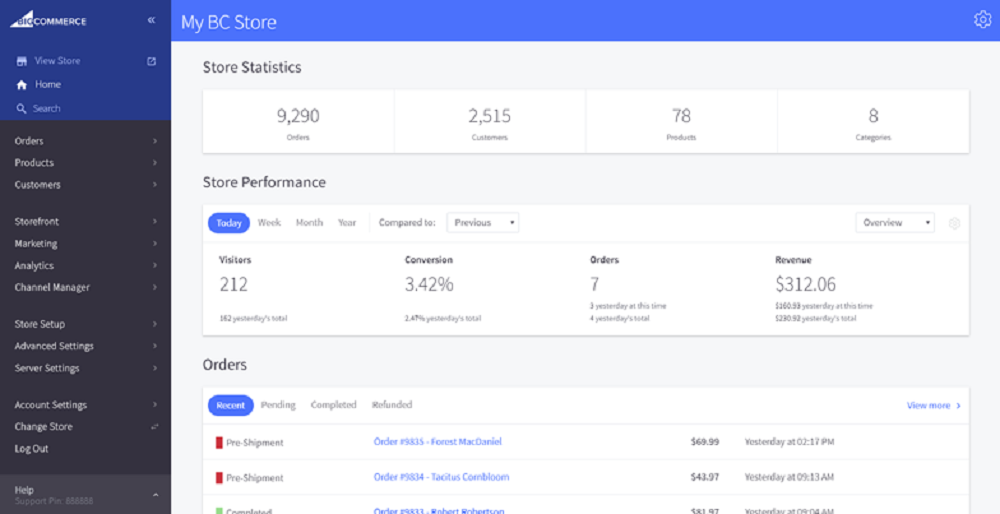
The monthly fee on BigCommerce is $29.99. The massive pricing gap may be due to differences in target user personas between Shopify and BigCommerce.
8. Explainer Video Use Cases for Content Marketing Enrichment
An explainer video can add more ammunition to your content marketing arsenal.
When your content armory is close to empty, an explainer video can be turned into many kinds of different, smaller content pieces.
Thus, you can use them for other occasions and funnels.
Repurposing your explainer video content creates opportunities.
It opens new windows that can eventually:
- Improve your website’s SEO ranking
- Build a stronger relationship with audiences
- Distribute different and refined content to reach new audiences
- Support content marketing consistency.
Break it down to GIFs
It’s unlikely you’ll keep someone’s attention for all 2 minutes of your explainer video, especially if you’re using social media channels to promote it.
Break long videos into several short videos or animated GIFs as additional attachments to catch the attention of social media newsfeed scrollers.
Magnificent, don’t you think?
It’s made from an entire animated explainer video, simply converted and compressed into a single GIF.
We did this because a GIF loads much faster and looks smoother when used in emails.
So, if you’re doing an email campaign, an animated GIF could brighten the mood of your emails.
In other words, nothing could go wrong if you make animated GIFs from your explainer video.
GIFMaker
Those images from your thumbnail selection attempt can be added to your web content as an animated GIF.
Well, we can say that an animated GIF for an article is like what ketchup is for a cheeseburger: they’re tastier together (at least to me!).
GIFMaker is a free web-based tool to make an animated GIF from a series of images.
You can customize the size and animation speed on this free, adware-free website.
GIPHY
GIPHY is an easy way to make GIFs from pre-existing YouTube videos.
That said, the quality of an exported GIF will not be as good as that of a GIF made manually in more advanced software like Adobe Photoshop.
The upside of GIPHY is that you can upload and share your GIF with everyone else on GIPHY.
It’s like a whole universe of GIFs on one website.
Gyfcat
Other than YouTube, no online GIF maker supports popular video hosting sites like Vimeo or DailyMotion.
Someone else had to do it, so Gyfcat did. The only downside is that the GIFs are not as high-quality as those created with paid software like Photoshop or RecordIt.
9. Explainer Video Use Cases for Online Advertising Campaign
Consumers are gradually cutting down their interest in traditional media. They turn to digital online videos for discovery, entertainment, and brand awareness.
According to the latest IAB Internet Advertising Revenue Report, 2016 was an all-time high for digital video advertising revenue, reaching $3.9 billion (including mobile and desktop).
That’s a 51% increase from 2015’s $2.1 billion revenue.
Explainer videos were traditionally a piece of content you put on your website to highlight your products.
However, the spike in digital video advertising revenue indicates that consumption of digital video has risen.
We can say it’s a sign that explainer videos should add one more point to their list of tactical benefits.
An online advertising campaign using an animated explainer video is something that most people are afraid to try, mostly because of its origins as explainer content.
Today’s Internet users expect video advertising to be brief, targeted, and convenient.
Internet content consumers engage with content at a rapid pace, jumping from one to another extraordinarily quickly and frequently.
What does that mean?
That means they scroll away from or skip a video ad that fails to capture their attention at first glance.
Explainer videos for advertising break away from the stigma of irrelevant online advertising.
They also shape a stimulating environment for consumers by meeting their expectations for content.
They allow brands to inform users with bite-sized product information and visually entertain.
This generates a conversion-oriented platform when targeted accurately to user behavior patterns.
Nanigans
Nanigans is a multi-channel advertising software with an emphasis on Facebook marketing.
Its software has access to the Facebook Exchange (FBX) for retargeting.
They also offer a wide range of other tools that make targeting more efficient.
Nanigans is the tool of choice for companies such as eBay, JackThreads, and Zynga.
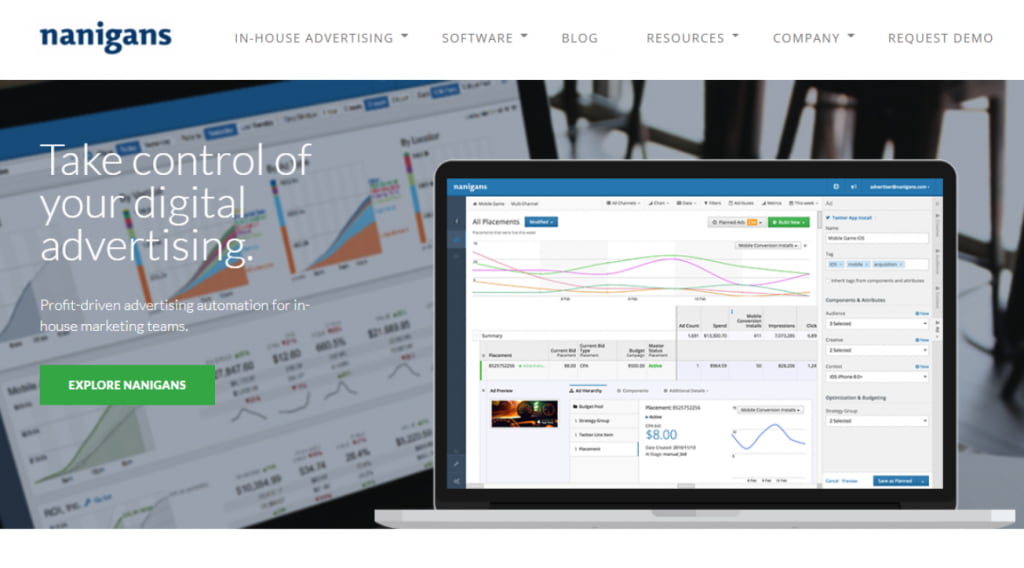
Facebook Ads Manager
Ads Manager is Facebook’s own tool for creating and running advertising campaigns.
Facebook is constantly improving its ad platform, and the tool frequently releases new targeting and budgeting features for users.
For marketers just starting out on the paid social front, this is probably the best choice, as there is no third-party fee to create and manage your Facebook advertisements.
![Facebook Ads Manager [Overview] - Brad Cecil & Associates](https://cecilcommunication.com/wp-content/uploads/2020/10/FB-Ads-Ads-Manager.png)
Twitter Native Advertising Platform
Twitter is another major network that brands should consider paying to advertise on.
Twitter has some fantastic targeting features, including segmentation.
They target certain keywords. So, whenever someone tweets or engages with a tweet using that keyphrase, they’ll be targeted.
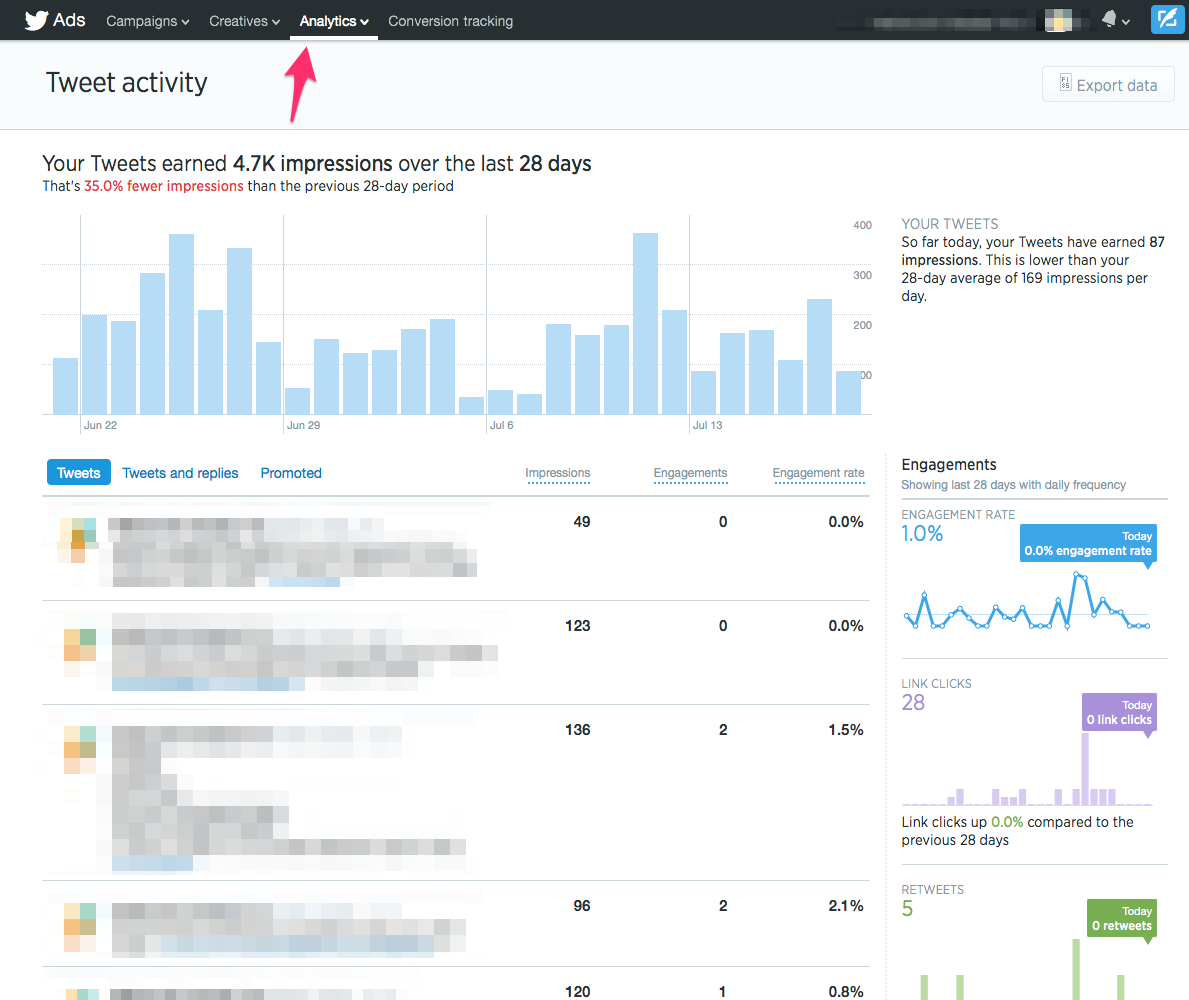
10. Explainer Video Use Cases for Internal Company Training
Thus far, we know that explainer videos are very efficient when involving external parties.
For example, introducing your product to the world, creating video advertising, designing a stunning landing page, or adding an attractive element to your business emails.
Internally, an explainer video is also an incredible tool that can help you build a better team.
Using training videos, you can introduce a new process or policy and share knowledge. Even coach your staff in different areas, such as marketing or IT.
Animated explainer videos have a strong knowledge retention rate. The average person only retains 10% of what they hear, while they retain 50% of what they see.
According to Social Science Research Network, 65% of people are visual learners.
Read more: Training Videos Best Samples
That means that, in general, there is a greater chance your employees will learn better when visuals are used.
Now, let’s break down how explainer videos can help you build a better team.
Breaking Down IT Gizmos
Technology is advancing rapidly. It´s very common to have software versions released frequently or new products announced every month.
And at some point in your business career, you might add one or more pieces of technology.
The goal is to improve productivity in a specific division or the entire company.
It can be a new, top-of-the-line printer-scanner combo, an automatic time clock system, or a new emergency alarm system.
You can save training costs and time by developing an animated video.
This will certainly help your employees better understand the new tech you just installed, using graphics and animation.
In this context, an animated video can be used to simplify a complex how-to process or to outline general safety precautions (if any).
Introducing a New Company Policy
Introducing a company’s new policy is usually done by broadcast email or notes on office bulletin boards.
They are efficient, simple, and sometimes good enough. But presenting your new policy in a meeting (or seminar, if your company is huge) with an explainer video is better.
For a new policy or rule to be effective within the entire company, it’s essential that you communicate everything clearly and coherently.
You want to ensure that every single employee understands it perfectly.
At the same time, leveraging an animated video to explain why and how this policy is being implemented will result in better understanding because you (the company’s executive) have shared your point of view on why the new policy is needed.
Closing Thoughts: The Video Production
Explainer videos are one of the most versatile storytelling tools you can use in marketing.
I’ve seen them help startups gain their first customers, and help established brands simplify complex ideas that words alone couldn’t explain.
Whether you’re aiming to raise brand awareness, engage your audience, or turn leads into paying customers, a single well-crafted explainer video can do the work of several campaigns.
Here’s what explainer videos can do in a nutshell:
- Brand Awareness Stage → Introduce your brand and make a strong first impression through story-driven visuals.
- Engagement Stage → Keep your audience interested with short, relatable videos that simplify complex topics.
- Lead-Nurturing Stage → Educate and build trust by answering real questions your prospects have.
- Purchasing Stage → Use product demos or testimonial-based explainers to strengthen buying confidence.
- Post-Purchasing Stage → Support and retain customers with onboarding or tutorial videos that show you care beyond the sale.
Lastly, an explainer video can go beyond marketing content. It can be a tool that connects every stage of your customer journey.
If you’re considering creating one for your business, that’s where we can help!
At Breadnbeyond, we’ve helped hundreds of companies craft explainer videos that inform, engage, and convert.
Mini FAQs About Explainer Videos Use Cases
1: What’s the process of making an explainer video from scratch?
The process of making an explainer video from scratch usually starts with defining your goals and target audience. Once you know the message you want to deliver, the next step is to write a clear and engaging script. Then, a storyboard is created to visualize how each scene will look and flow. After that, designers and animators bring the visuals to life, then add voiceover, background music, and sound effects to complete the video.
2. How long should an explainer video be?
Most high-performing explainer videos fall between 45 and 90 seconds. That’s long enough to tell a story but short enough to hold attention, especially on social media or landing pages. You can read more comprehensive review about this topic on our page >> How to Decide Your Explainer Video Length?
3. What type of business benefits most from explainer videos?
Explainer videos work across industries, but they’re especially powerful for startups, SaaS companies, healthcare businesses, and educational brands that need to explain products or ideas that aren’t immediately intuitive.
4. How long does it take to produce one?
It depends on the complexity. A typical 2D explainer video might take 3–4 weeks, while a detailed 3D video could take 6–8 weeks. At Breadnbeyond, we guide you through each step so you know exactly what to expect.
5. Can I create my own explainer video without hiring a studio?
Absolutely! If you’re just starting, tools like Vyond, Animaker, or Canva are great options. But if you want a professional look and feel that aligns with your brand identity, working with an experienced team can make a big difference.


